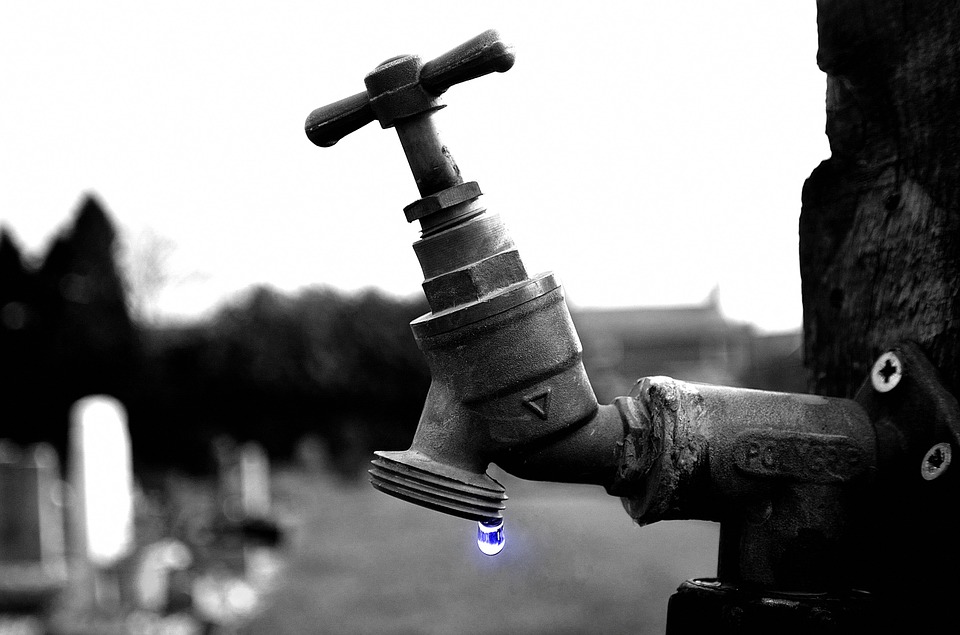
WTF Is Happening in the Flint Water Crisis, Explained
Residents of Flint, Michigan, have been poisoned by the incompetence of the state government.
Thousands of children in the city have been exposed to toxic levels of lead from corrosive drinking water flowing through aging pipes. Levels of the heavy metal measured in city drinking water at the height of the crisis rose above the threshold for "hazardous waste." Months later, lead levels remain dangerously high.
January 22, 2016 | Source: Rolling Stone | by Tim Dickinson
Residents of Flint, Michigan, have been poisoned by the incompetence of the state government.
Thousands of children in the city have been exposed to toxic levels of lead from corrosive drinking water flowing through aging pipes. Levels of the heavy metal measured in city drinking water at the height of the crisis rose above the threshold for “hazardous waste.” Months later, lead levels remain dangerously high.
Both the state and federal government have now declared a state of emergency for the city. President Obama has called the foot-dragging by state authorities responding to this crisis “inexplicable and inexcusable.” Michigan’s Republican governor has apologized, telling Flint, “I’m sorry and I will fix it.”
Much of the damage, however, isn’t fixable. Lead poisoning is known to impair cognitive function, shorten attention spans and spur antisocial behavior. The World Health Organization says the “neurological and behavioral effects of lead are believed to be irreversible.”
This is a tragic story of austerity and indifference that will haunt the people of Flint for decades to come.
Here’s what you need to know.
Where is this happening?
Flint is about 65 miles north of Detroit. Once the primary manufacturing center for GM’s Chevrolet and Buick lines, the city is now a poster child for post-industrial decay, immortalized by native son Michael Moore in the 1989 documentary Roger & Me. Today, Flint is an extremely poor, predominantly African-American city of nearly 100,000 residents.
Why did the water suddenly turn toxic?
The city of Flint had long relied on Detroit’s water authority — one of the nation’s largest — for its drinking water. As an austerity measure, the city began pulling water out of the Flint River in April 2014.
Who made that call?
The state of Michigan. Back in 2011, Flint was so broke it was taken into state receivership. Republican Gov. Rick Snyder — a certified public accountant and former Gateway computer chairman who campaigned for office as “one tough nerd” — tapped a revolving cast of “emergency managers” to govern the city and cut costs.
In 2013, one of Snyder’s managers decided Flint should end its reliance on Detroit’s drinking water and join a new water district. The only problem? The pipeline to deliver water to Flint wasn’t built yet.
Rather than broker a stop-gap water contract with Detroit, the emergency manager signed an order to pump water out of the Flint River, because, hey, free water. The move was expected to save about $1 million a year.
Flint River water?
It’s about as delicious as it sounds. The Detroit water system had provided Flint with fresh water pumped from the depths of Lake Huron. By contrast, the Flint River is tainted by farm runoff, sewage and decades of industrial effluent.
When did the water quality problems start?
Almost immediately. Flint residents began complaining about discolored water they said was making them sick; by August 2014, E. coli pollution in the water led to on-again, off-again warnings to residents to boil their water.
Was the city not treating the water?
They were. But Flint River water is difficult to sanitize because it contains high levels of chloride. Chloride is corrosive to iron. Corroding iron, in turn, consumes chlorine — defeating the pathogen-killer that is added to drinking water to make it safe. Experts write that the corrosive quality of Flint River water makes it “very difficult to meet Federal standards for minimum chlorine levels no matter what is done” to treat it.
